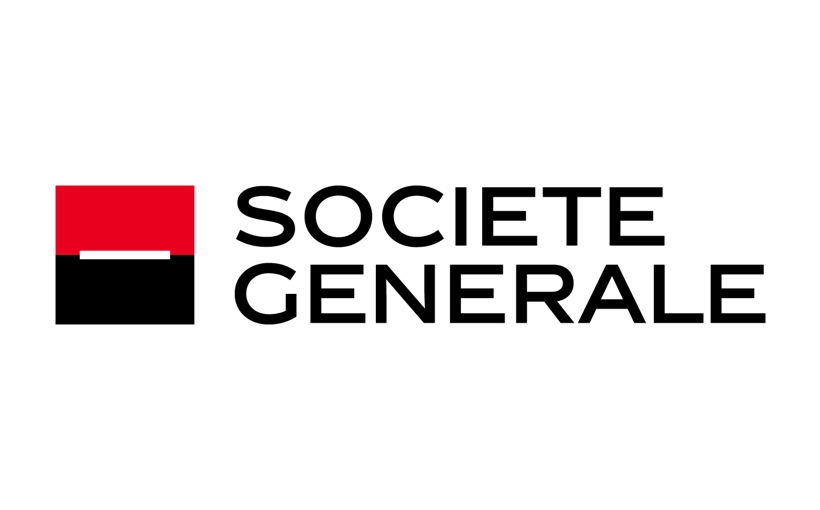On 12 May 2022 Euronext announced the new edition of its ESG Reporting Guide. The guide is designed to help companies engage in climate change mitigation policies with the support of their investors, and more broadly lists the key aspects to consider when reporting on ESG to make the most of the associated opportunities. This new edition has been revised with a focus on the 1.5°C global temperature increase trajectory, in line with Euronext's “Fit for 1.5°” commitment, one of the key pillars of its “Growth for Impact 2024” strategic plan.
DOWNLOAD THE EURONEXT ESG REPORTING GUIDE
In particular, the guide aims to help companies to:
- identify and prioritise ESG opportunities and risks;
- report efficiently on the management of – and performance in – key areas of ESG transformation;
- navigate, comply with and stay ahead of regulations that require disclosure of financially material ESG information;
- differentiate themselves, ensuring the relevance of their ESG strategy in light of rapidly evolving market standards.
It also aims to support SMEs as they navigate this rapidly-evolving environment by taking into account the challenges of companies preparing disclosure for the first time, in particular small and mid-cap companies.
Since its first publication in 2020, the Euronext ESG Reporting Guide has become a reference document for listed companies and their advisers. Drawing on the model issued by the UN Sustainable Stock Exchanges Initiative, this new version is enriched with contributions from Euronext issuers on best practices in ESG reporting, in the form of case studies. It takes into account the latest developments in climate-related standards and initiatives, including those applied by investors.
Euronext is the leading European listing venue operating regulated exchanges in Belgium, France, Ireland, Italy, the Netherlands, Norway and Portugal, with close to 2,000 equity issuers. We aim to equip listed companies with the tools they need to meet the increasingly sophisticated expectations of their stakeholders around transparency on sustainability.
This initiative forms part of our sustainability strategy, “Fit For 1.5°”, a commitment to developing services and products that help Euronext’s clients, partners, and the European economy as a whole to curb the increase in global temperatures and transition to more sustainable business practices.
This commitment is key to Euronext’s purpose to shape financial markets for future generations.
Learn more about the ESG strategies of Enel, Gjensidige, Kering, Signify, and Snam
Information about Euronext’s ESG Advisory services






